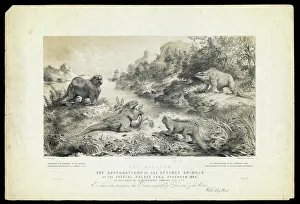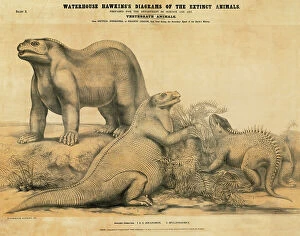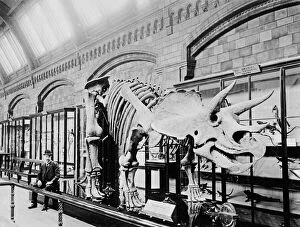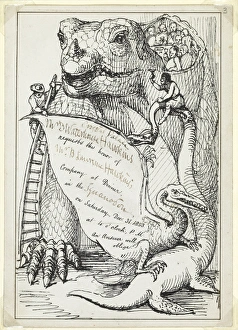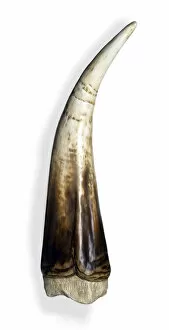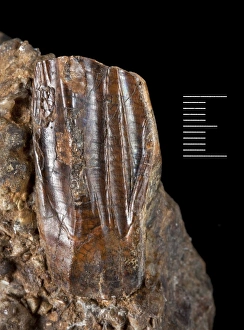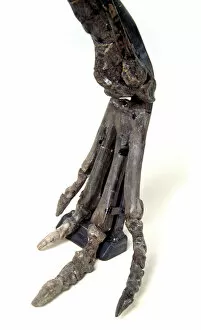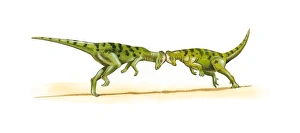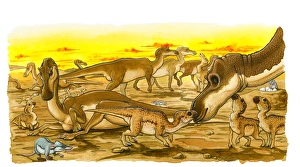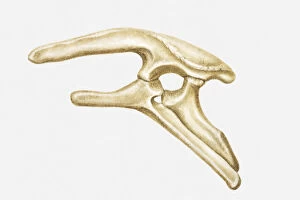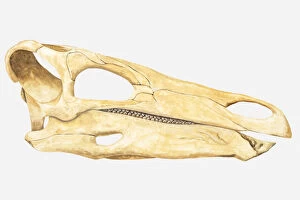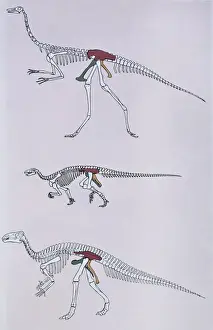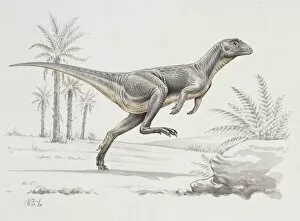Ornithischian Collection
"Exploring the Enigmatic World of Ornithischians
All Professionally Made to Order for Quick Shipping
"Exploring the Enigmatic World of Ornithischians: Unveiling the Secrets of Iguanodon and Hylaeosaurus" Step into a prehistoric wonderland as we delve into the fascinating realm dinosaurs. Among these magnificent creatures, two standouts take center stage - Iguanodon and Hylaeosaurus. Travel back in time to The Wealden, an ancient landscape where these majestic beings once roamed freely. Through meticulous restorations, their awe-inspiring forms have been brought to life at Crystal Palace Park. Gaze upon the Triceratop dinosaur skeleton C016/5928, a testament to its sheer size and strength. Marvel at the intricate plates adorning the mighty Stegosaurus, providing both defense and allure. Join us on a journey through history as we extend an invitation to Dinner in Iguanodon on December 31st, 1853. Witness this remarkable scene unfold before your eyes - a true spectacle that captures the essence of these extraordinary creatures. Discover more intriguing artifacts such as the formidable Triceratops horn or examine an authentic Iguanodon tooth up close – remnants from a bygone era that continue to captivate our imagination. Delve deeper into their anatomy with astonishing finds like Hypsilophodon's skull or its delicate footprints frozen in time. Admire the robustness of an Iguanodon femur – evidence of their immense power and agility. Feast your eyes on stunning illustrations showcasing Hypsilophodon, a beaked ornithischian dinosaur whose existence adds another layer of intrigue to this captivating lineage. Unearthed treasures like an actual Iguanodon tooth serve as tangible reminders that these enchanting creatures were once rulers of Earth's past epochs. Embark on this mesmerizing adventure through time and space; let us unravel for you nature's enigma - the ornithischians.

